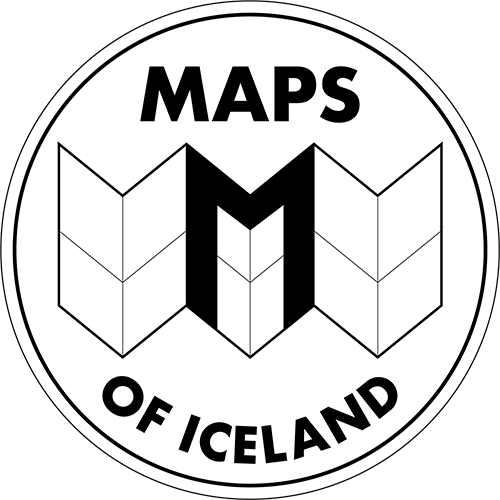Cartography is the art and science of map-making, a skill that has been honed over centuries to help us understand and navigate our world. Good maps are not just visually appealing; they are functional tools that convey information in a clear, efficient, and accurate manner. One of the most fascinating and detailed maps in the world is the geologic map of Iceland, a country known for its diverse and dynamic geological landscape.
In this article, we will explore the five key elements of a good map and how they are masterfully utilized in the geologic map of Iceland.
1. Scale and Projection
The scale of a map is a crucial element that determines the level of detail and accuracy of the representation of the geographic area. In the case of the geologic map of Iceland, the scale is generally 1:50,000, meaning that 1 centimeter on the map represents 500 meters in the real world. This scale allows for a detailed representation of the varied geological features and formations found throughout Iceland.
The projection used in the geologic map of Iceland is the Lambert Conformal Conic projection, which is well-suited for displaying large areas with predominantly north-south extents, such as Iceland. This projection maintains accurate shape and scale along two standard parallels, minimizing distortion and providing an accurate representation of the country’s unique geography.
2. Symbols and Colors
A well-designed map uses symbols and colors to represent different features and convey information efficiently. The geologic map of Iceland employs a carefully chosen color scheme to represent the various rock types and ages found across the country. For example, different shades of red represent volcanic rocks, while blues and greens indicate sedimentary rocks.
In addition to color, the map employs various symbols and patterns to indicate specific geological features, such as faults, fractures, and volcanic systems. These symbols help users of the map to quickly identify and understand the complex geological landscape of Iceland.
3. Legends and Labels
Legends and labels are essential components of a good map, as they provide the necessary context to interpret the symbols and colors. The geologic map of Iceland features a detailed legend that explains the meaning of the different colors, symbols, and patterns used throughout the map. This legend allows users to decipher the map and better understand the geological history of the country.
Labels on a geologic map are used to indicate important locations, such as towns, cities, and geographic landmarks. In the case of the geologic map of Iceland, labels are also used to identify specific geological formations and features, such as volcanic systems, mountain ranges, and glaciers.
4. Data Sources and Accuracy
The quality of a map depends on the accuracy and reliability of the data used to create it. The geologic map of Iceland is based on extensive fieldwork, research, and data collected by the Icelandic Institute of Natural History, the Icelandic Meteorological Office, and other research institutions. This wealth of data ensures that the map is accurate and up-to-date, reflecting the current understanding of Iceland’s complex geology.
In addition, the geologic map of Iceland is regularly updated and revised as new information becomes available, ensuring that it remains a reliable and accurate source of information for researchers, educators, and the general public.
5. Visual Hierarchy and Clarity
A good map should be visually engaging and easy to read. The geologic map of Iceland achieves this through the use of a clear visual hierarchy, with the most important information presented prominently and less important details rendered in a more subtle manner. This allows users to quickly grasp the overall layout and geological structure of the country, while still providing access to more detailed information if needed.
For example, the map prominently displays the major geological formations and features, such as volcanic systems and large faults, while finer details, such as the exact boundaries between different rock types, are rendered more subtly. This balance of detail and clarity make the map easy to use and understand, even for those without a background in geology.
Conclusion
The geologic map of Iceland is a masterpiece of cartography, utilizing the five key elements of a good map to create a clear, accurate, and visually engaging representation of the country’s complex geology. From the careful selection of scale and projection to the use of symbols, colors, legends, and labels, every aspect of the map has been thoughtfully designed to convey information in the most efficient and effective way possible.
Whether you are a geologist, a student, or simply a curious traveler, the geologic map of Iceland is a fascinating and educational resource that provides insight into the geological history of one of the world’s most dynamic landscapes. By understanding and mastering the key elements of cartography, we can all appreciate and navigate the world around us with greater clarity and understanding.
If you’re ready to discover the unique geology of Iceland, then don’t hesitate to check out Maps of Iceland! We provide a wide range of map prints and framed map posters featuring different geologic maps of Iceland and other nations. With free worldwide shipping, it’s never been easier to discover the world’s natural wonders. Don’t miss out on this opportunity to explore Iceland’s fascinating geology! Browse our selection of maps and start your adventure today!

